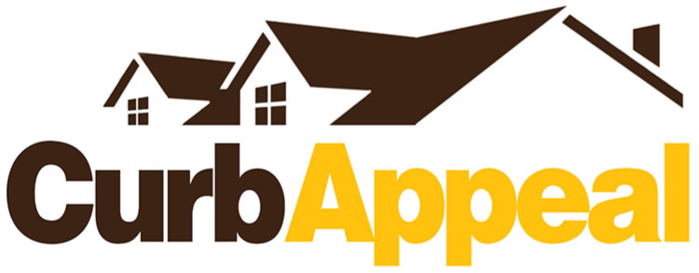Skynesher / iStock

When you sell a property, you pay taxes on your gain. In tax speak, the gain is the difference between what you paid for the property and the amount you receive on a sale. If you make more than you paid, the IRS wants a slice of the profit. This is called a capital gains tax.
Most of the gain you achieve when you sell your home is excluded from capital gains tax. A single seller keeps the first $250,000 tax-free when he sells his primary residence; a married couple filing a joint return can walk away with up to $500,000 free from tax. The key words here are “primary residence.” Second homes, vacation homes, and investment properties don’t qualify for the tax exemption.
Netting High Profits
If the market moves in your favor and you net a profit higher than the tax exemption limits, then you may need to pay capital gains tax—this often happens to people who have owned their homes for decades in areas with skyrocketing prices. But if you have made updates to your home that increased its value, then the tax man will help you. For example, if you add a deck, you can add the cost of this improvement to the price you paid for your home. The result is called your “cost basis,” and this is the figure the IRS subtracts from the sales price to determine the loss or gain you make on a sale. Save your receipts, though, as the tax man needs evidence.
How to Calculate Your Capital Gain
Capital gains are calculated with the actual sales price you paid for the home, even if it was 40 years ago—not the down payment or mortgage interest you’ve paid since—plus the money you’ve spent on the house to date. Together, these expenses are called your “adjusted cost basis.”
To calculate your adjusted cost basis, you need to figure out which property-related, out-of-pocket expenses you can add to the original purchase price. Generally, these fall into four categories:
Purchase costs: transfer fees, attorneys fees, home inspections, pest control inspections, recording fees, and title agency fees
Cost of improvements: includes extensions and additions, such as a new patio or new landscaping. Repairs, replacements, and cosmetic additions do not count. The tax code gets a little complicated here, but generally speaking, if you upgrade something that was there before, such as a new kitchen or replacing the furnace, this is NOT an improvement cost, no matter how state-of-the-art your new installation is. The IRS publishes a handy chart in “Publication 523: Selling Your Home” to help you figure out which improvements qualify.
Cost of sale: any costs you incur in selling the property, including broker’s commission, attorneys fees, and transfer taxes
Cost of sale repairs: for example, any cash you spend to fix up your home for the purpose of achieving a sale or to pass the buyer’s home inspection
Add these expenses to the original price you paid for your home to calculate your adjusted cost basis. Deduct the amount from your sale price to get your taxable capital gain.











